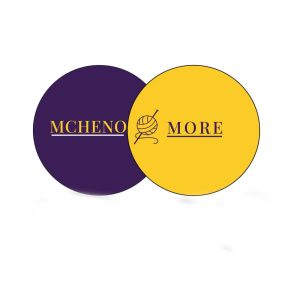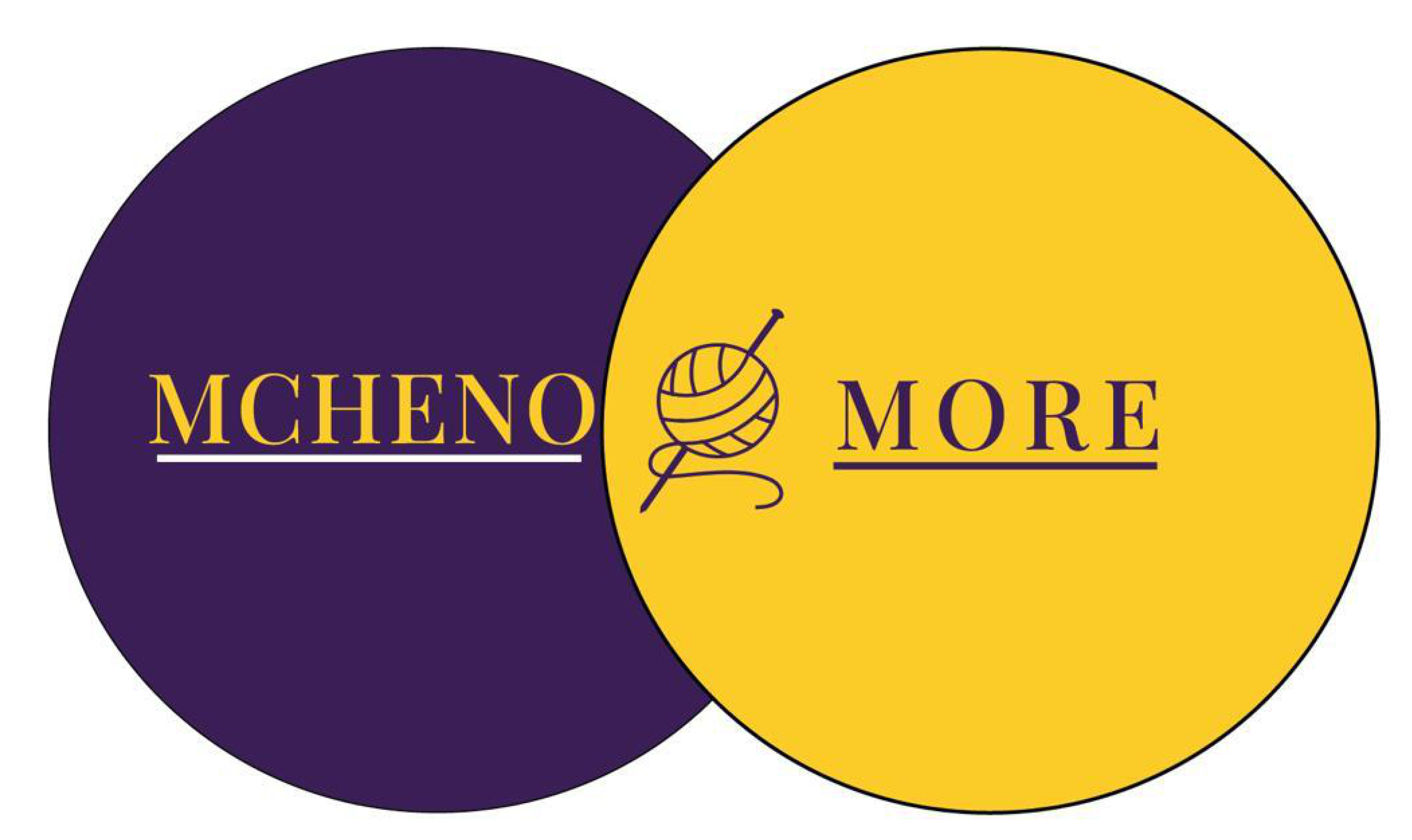When my editor assigned me with yet another streetwear brand, I let out a deep sigh. I mean, I’m just a girl! Where’s the glitter and glamour, Bulawayo?
Nonetheless, I decided to listen to the advice I always give myself—expect the unexpected. I wasn’t expecting the radical, though. Radical Society to be precise.
As I perused through the brand’s runway pictures from the Fabrikans Convention for my research, I quickly realised that the Radical Society doesn’t just make clothes, they create art pieces.
Why do I say that, you may ask? Well if you are an art aficionado like I am, you know there is some visual display that you look at and immediately wonder about the psyche of the person who made it, because only a genius could have made something like that.
My initial apathy turned into intrigue, and I literally couldn’t wait for the interview.
After a couple of reschedules (designers are always busy making sure you look good), I finally met up with the brains behind the brand, simply known as RadLee. I certainly have never had a more insightful encounter and I hope you feel the same after reading the excerpt from our conversation. Enjoy!

Who are you?
I’m RadLee, I am the face behind the Radical Society. I’m a radical person when it comes to fashion, so I would say I am trying to create something that will last, something that people will look at ten years from now and be like that is timeless or that is art.
So, as a designer I’ll be trying to create something sustainable and something that will tell my African story. I am trying to bridge the gap between African culture and western culture, since the base of our designs is jeans.
I want to create an identity for myself through fashion, to create unique designs that will be globally recognised and appreciated. We want to make an impact in Zimbabwe, but the vision is to tell the world the story of our fashion.
As a person I am more of a very philosophical person, I question a lot of things and I don’t just accept something because someone said so. I like to do my own research. I think that’s the most important thing. I would say I am very controversial as well in a lot of things.
When did you discover your passion and talent for art?
It started when I was in grade seven, I got something and I was like I want to redo it because I didn’t like it. From there, my passion just grew and I got more comfortable with it. I patched these trousers in 2014, but the design ended up becoming popular in 2020. It was then that I started considering fashion as a profession.
How long have you been in the fashion industry?
In terms of starting to be recognised I would say two years but the idea and the brand was something we implemented earlier. I was working with Richard Jeans, but in terms of independent work I started and have been doing it in these two years.

You say you have been working with Richard. How have you been making sure that your designs do not look similar to those of Richard Jeans?
If you have seen my designs, you know we work together. We incorporate ideas, but unlike Richard, I don’t just stick to jeans. I incorporate other things like crotchet and African patterns in my works to create very unique pieces. I try to add things that come back to my culture and I try as much as possible to use my hands for everything I do.
Take us through your creative process?
I usually start the ideas as a conversation with my friends, to see their views and opinions on it before I can go on to actually source items for the projects. And then, I let the rest just unfold. You could say it’s a spiritual process. This process usually takes me about two weeks.
How do you source the material for your projects?
For my first project it was with an organisation and everything was provided for me. With other projects, I have side hustles which I engage in that provide the necessary capital for my projects. It is ultimately an investment in your dreams and passions.
How have people been receiving your work?
I was working with Richard all along. My very first individual project was the one I showcased at the Fabrik Party, and I really made an impact. People approached me because they were surprised at my work since they had very little expectations of me but I exceeded those and people could see exactly what I was all about. So, overall the reaction has been quite positive.
Have you done any collaborations?
So far, not yet. I still work with Richard, but I am sort of an in-house designer, I wouldn’t call it collaboration.
If I were to do a collaboration, I don’t have specific artists I want to work with because I haven’t encountered any of my peers who have the same vision as me.
But if I were to do one, I would pick a painter or an artist because I think I’d have more in common with them to create a more cohesive project.
You mentioned that you worked with an organisation for your first project. What happened there?
In early 2023, I had the opportunity to be recognised by the British Council and I got to travel because of it.
People in Bulawayo don’t really get opportunities like that, and I was one of the few to be blessed with this residency.
With my work, I am targeting those big organisations. I was working on getting a display of sorts at a museum where I would design something based off of an art piece in that museum.
What do you think is lacking in Zimbabwean street fashion?
Having our own identity! We have become so focused on what everyone else is wearing we forget to create our own identity. You look at South Africa, they have a certain street style that is authentic to them, but we lack that in Zimbabwe.
What can be done to deal with the challenges we face as creatives?
I wish people would take things a lot more seriously than complaining a whole lot. We should be coming up with solutions instead of complaining.
There are multiple buildings in Bulawayo that have been abandoned and there is an organisation that is trying to invest in more art galleries around the town.
There are pubs and youth centres that the city council is offering for creatives as long as they effectively utilize them.
So, we should focus more on the solutions than the problems. We should be asking ourselves how we can improve and market our craft.
How can relationships amongst designers be improved?
I find Harare people are more united and more supportive, but in Bulawayo a lot of work needs to be done.
I feel people treat each other as competition instead of family, all working under the same roof or working towards the same goal.
Instead of trying to be better than each other, we can unite and support each other’s growth for the betterment of the culture.
[End of excerpt]
I have long praised designers, but this one I am one hundred percent sure is my favourite. RadLee’s inventiveness and out-of-the-box approach to design is what will always set him apart from the rest.
Through Radical Society, he embodies the essence of artistic brilliance, while managing to stay true to his African roots. I am still in awe of the fact that he is self-taught.
Today, it is just RadLee and his seemingly grandiose dream of a ‘Radical Society’, an alternative to normal, but I’m sure tomorrow it’s RadLee leading the change we all seek in Bulawayo street wear fashion.
If you really read through my interview with him, you too know that he’s clearly built for it.
You can follow the maestro on his Instagram. You can also check out Radical Society on Instagram.


















